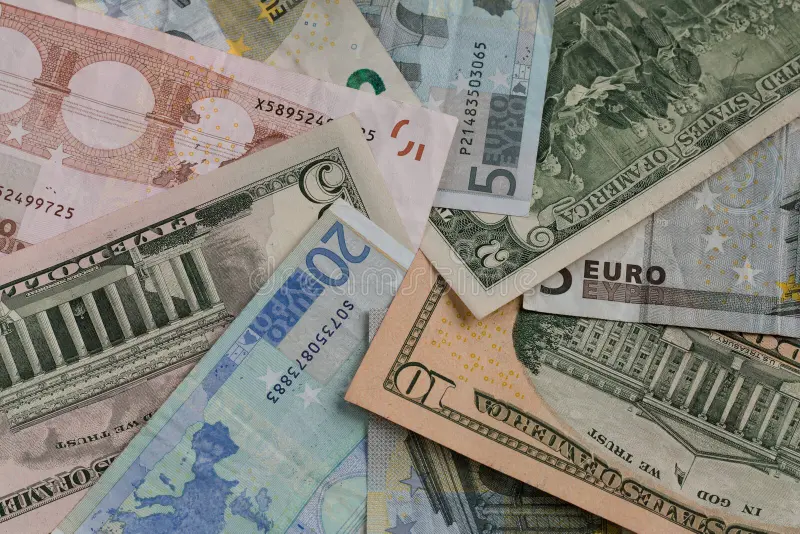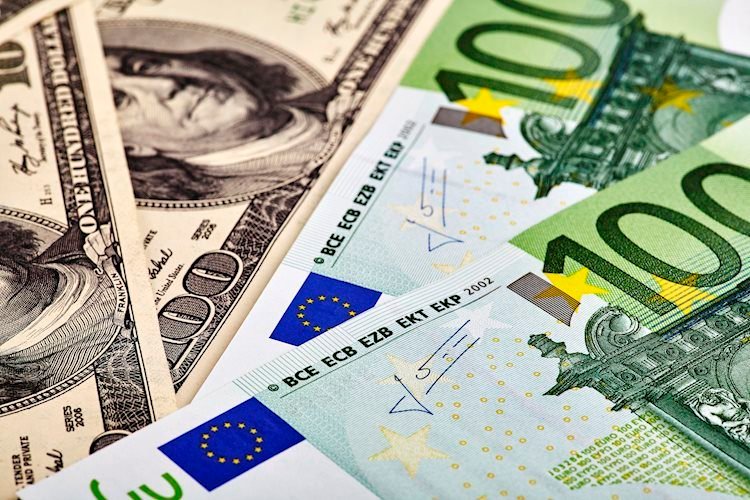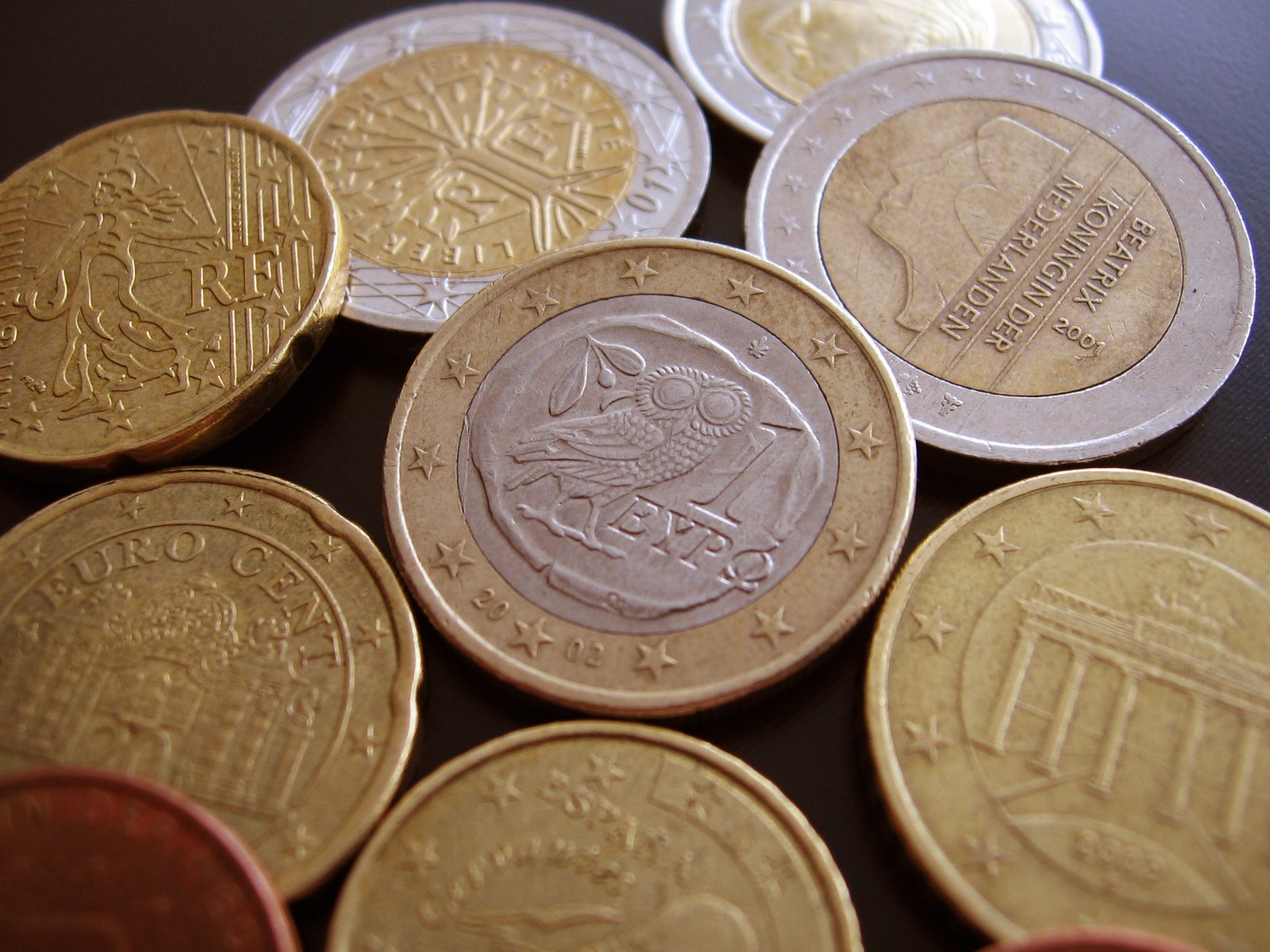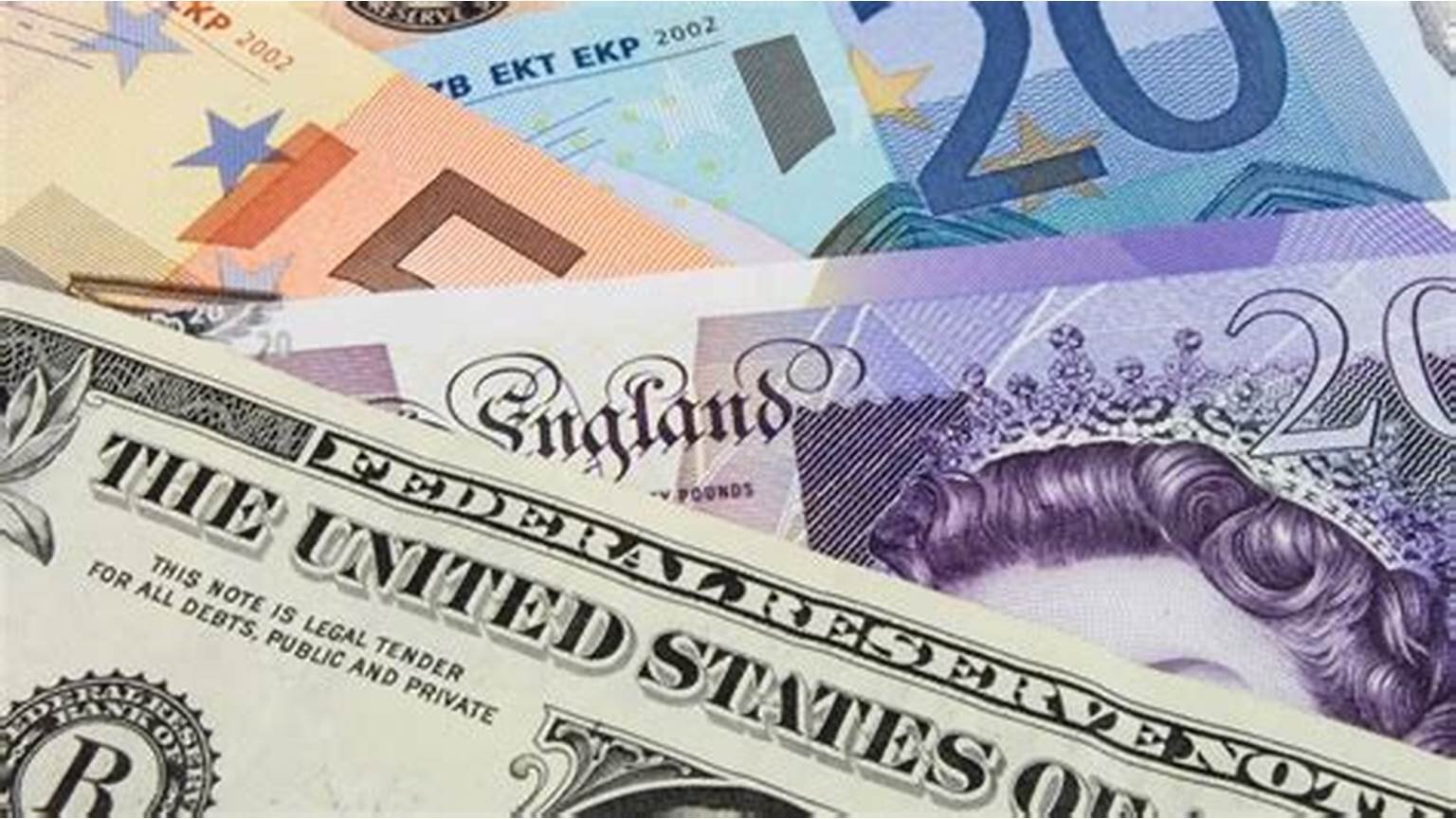EUR/USD Climbs to YTD Highs after Trump-Facilitated Iran-Israel Ceasefire Rouses Risk Rally
EUR/USD pair climbed to its year-to-date highs after U.S. President Donald Trump declared Israel and Iran’s total ceasefire, inciting a worldwide risk-on rally. The Euro gained traction as investors distanced themselves from the safe-haven U.S. Dollar, boosted further by the sudden decline in crude oil prices, which suits the Eurozone as a net importer. Breaking a bullish flag pattern, EUR/USD is now eyeing major resistance levels of 1.1630 and 1.1700. The market is also keeping a close eye on Fed Chairman Jerome Powell’s congressional testimony for more indications on future U.S. monetary policy as expectations for interest rate cuts continue to grow. KEY LOOKOUTS • Trump-declared Iran-Israel ceasefire has unleashed a global risk-on mood, devaluing the U.S. Dollar and strengthening the Euro. • Oil prices have declined sharply, alleviating the inflation fear in the Eurozone and adding to the support for the EUR/USD rally. • EUR/USD broke above a bullish flag chart pattern and trendline resistance levels, with target points at 1.1630 and 1.1700. • Markets look forward to Powell’s assessment of inflation and growth prospects, which may influence expectations for future U.S. interest rate decisions. EUR/USD pair has jumped to multi-month highs as a high-risk rally was driven by U.S. President Trump’s declaration of a ceasefire between Israel and Iran. This geopolitical development helped alleviate market anxiety, with investors unloading the safe-haven U.S. Dollar and opting for riskier assets such as the Euro. Contributing to the strength of the Euro is a steep drop in oil prices, which provides relief to the energy-hungry Eurozone economy. From a technical standpoint, EUR/USD has broken above a bullish flag pattern, with the next levels at 1.1630 and 1.1700 as traders also pay close attention to Fed Chair Jerome Powell’s congressional testimony for additional guidance on U.S. monetary policy. EUR/USD jumped hard following Trump’s declaration of an all-out ceasefire between Iran and Israel, as risk appetite turned bullish. The steep decline in oil prices and softening demand for the U.S. Dollar provided the fuel for the Euro’s escalation. Traders now look to 1.1630 and 1.1700 as primary upside targets. • Trump declared an all-out ceasefire between Iran and Israel, which set off a global risk-on surge. • EUR/USD surged more than 1.30%, touching levels in excess of 1.1600 and close to the year-to-date high of 1.1630. • The U.S. Dollar fell dramatically as safe-haven investors fled. • Oil prices declined almost 3% on Tuesday, following a fall of 13% on Monday, softening inflationary pressure in the Eurozone. • EUR/USD broke above a bullish flag formation, affirming bullish momentum with targets at 1.1630 and 1.1700. • Fed Chair Powell’s testimony is under the spotlight, with markets looking for interest rate cut signals as U.S. growth slows. • Eurozone PMIs were mixed, but rising sentiment and declining energy prices are providing short-term support for the Euro. The EUR/USD currency pair received a solid lift after a significant geopolitical news event, as U.S. President Donald Trump declared a “complete and total” ceasefire between Israel and Iran. This revelation provided major relief to world markets that were in the doldrums because of mounting Middle East tensions. With concern regarding a wider conflict abating, investors moved swiftly to risk assets, shedding exposure to safe-haven currencies such as the U.S. Dollar. The Euro, therefore, took advantage of risk appetite returning and picked up significant momentum against the Dollar. EUR/USD DAILY PRICE CHART SOURCE: TradingView Aside from geopolitical respite, declining oil prices have also propped up the Euro. Since Europe is a net crude importer, the recent steep drop in oil prices is viewed as a silver lining for the continent’s economy, which has been grappling with inflation and moribund growth. Economic news is also being watched closely by the market, such as German economic climate indicators and forthcoming speeches by ECB officials. In the meantime, in the U.S., focus shifts to Fed Chair Jerome Powell’s congressional testimony, where his inflation and economic stability views could shape future policy expectations. TECHNICAL ANALYSIS EUR/USD broke above a bullish flag chart pattern, indicating a continuation of the uptrend. The duo climbed through the critical trendline resistance level of 1.1540, confirming bullish pressure and targeting the subsequent levels of resistance at 1.1630—the year-to-date high—and 1.1700, corresponding to the 127.2% Fibonacci extension of the recent June rally. Supportively, on the bearish side, immediate support is found at the reverse trendline of 1.1535, and a break below that could negate the bullish setup, revealing the 1.1445 zone back into focus. FORECAST If optimism in the market persists and geopolitical tensions remain low, EUR/USD will most likely continue its bullish sentiment. A break above 1.1630 and maintaining it is likely to pave the way for a move up to the next important resistance at 1.1700. Further U.S. Dollar weakness, prompted by dovish expectations from the Fed or weaker economic news, would add fuel to the Euro’s up move. Positive sentiment around lower oil prices and stabilizing Eurozone fundamentals could also provide tailwinds for the pair in the short term. On the flip side, any revival of geopolitical tensions or better-than-anticipated U.S. economic data can revive safe-haven Dollar demand, exerting downward pressure on EUR/USD. A breakdown below the support level at 1.1535 could initiate a bearish correction, possibly pulling the pair towards the 1.1445 level. Furthermore, a firmer tone from Fed Chair Powell or weaker-than-expected Eurozone data can undermine the bullish mood and stop the rally in its tracks.












